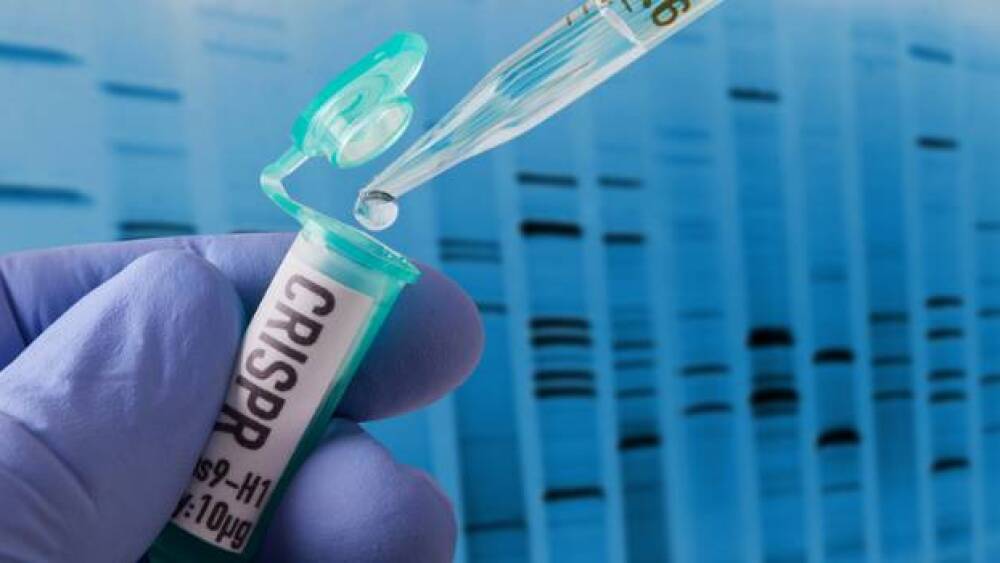Rice University researchers used the foundation of CRISPR/Cas9 technology and developed “drive-and-process” arrays, or DAP for short.
Rice University researchers in Houston, Texas used the foundation of CRISPR/Cas9 technology to develop “drive-and-process” arrays, or DAP for short. The name may be simple, but the technology is complex and could be as groundbreaking as its predecessor. DAP is a mechanism that enables the editing of multiple DNA sites- rather than one at a time- to comprehensively reverse polygenic diseases resulting from multiple genetic predispositions.
CRISP Cas9 is a technology that uses Cas9 protein, which features the endonuclease domains RuvC and HNH. The protein joins with guide RNA (gRNA) to form a complex. Next, the CRISPR/Cas9 complex locates the target DNA region. The two endonucleases cleave the non-complementary and complementary DNA strands, respectively, to create Okazaki fragments. This technology can alter the DNA to remove any mutations present, effectively reversing genetic disorders.
At Rice, researchers first theorized that multiple target base-pair editing could be done using CRISPR-Cas12a, but the results weren’t promising. The team then moved on to Cas9 technology. Together with transfer RNA (tRNA), the expression of multiple gRNA is promoted. This gRNA can be directed to edit various sites, rather than one gRNA working alone.
Testing the hypothesis, mammalian cell models were used to see whether diseases like muscular dystrophy, sickle cell or beta-thalassemia could be suppressed with DAP. The results showed success without affected unintended genetic targets. Further demonstrating the discovery’s value, DAP was seen to be compatible with common viral vectors. This information will be critical for moving forward with in vivo study design. Notably, experimentation showed that up to 31 genetic sites could be altered.
The study’s lead author, Qichen Yuan of Rice’s George R. Brown School of Engineering, commented.
“Previously, if we wanted to edit multiple genes in the same cell, we would have to do them one after another, which is very time-consuming and low-efficiency,” he said. “Now, we have a much neater solution. For this paper, we demonstrated 31, but in principle with a single DAP array, if not limited by manufacturing and delivery, we could achieve as many edits as we want.”
According to the U.S. Centers for Disease Control and Prevention, the risk of developing a disease like cancer or heart disease is amplified when multiple factors are at play. Calculation of these factors can generate a polygenic risk score (PRS). These factors might include genetics, behavior or environmental factors. That being said, some factors are out of human control and might not be able to be treated with available medications.
There are other conditions with polygenic causes that may not immediately come to mind when a person is evaluating their polygenic risk. One of these diseases is rheumatoid arthritis (RA), an autoimmune disease in which a patient’s limbs are often greatly affected. New research emerged from Tokyo Medical and Dental University this year, demonstrating that there may be a correlation between a patient’s high PRS and severe RA.
As research technology evolves, the underlying mechanisms of diseases are being exposed, and they often have more than one contributing factor. DAP technology could be the long-awaited answer for polygenic diseases with an unmet need.





